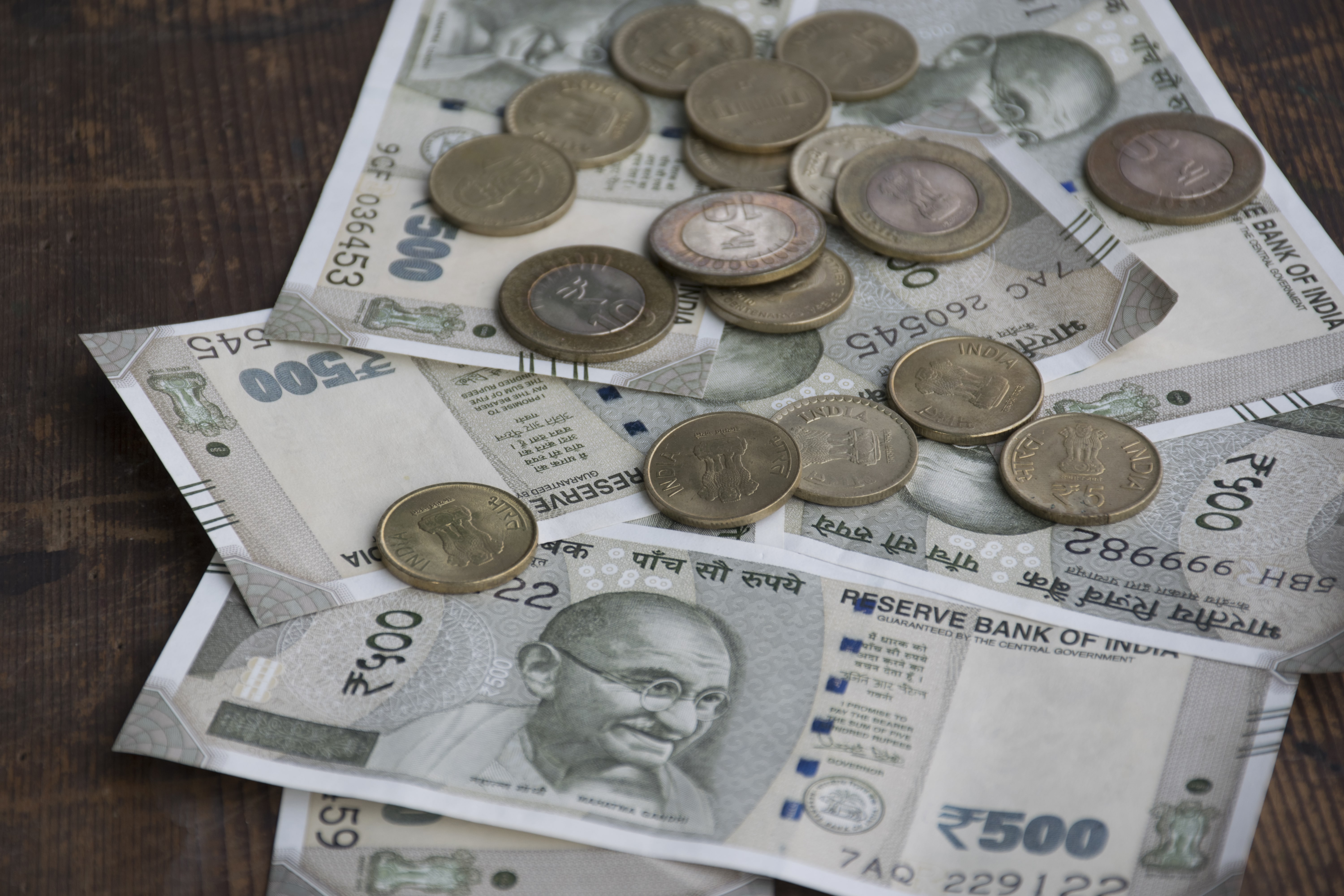
At the start of 2017, India’s booming tourist market looked poised to become one of the country’s fastest growing sectors. 1.65 billion domestic tourist trips in 2016 marked a 15.5% increase on 2015, while foreign tourist trips grew by 10% to 8.9 million in the same period.
The year-on-year data paints an even more impressive picture. Steady growth from 542,000 trips to India in April 2015 to 599,000 in April 2016 was dwarfed by the influx of 740,000 tourists to the country in April 2017.
Related industries are seeing the benefits, notably foodservice and hospitality. In addition to steady growth among home-grown brands in recent years, global conglomerates are increasing their share in India’s huge market. The vibrant atmosphere for foodservice is reflected in the sector’s value, predicted to rise from $50 billion in 2016 to $80 billion in 2021.
Growth in doubt
Clearly the raw materials are in place for tourism’s continued growth in India. Demand from both domestic and foreign tourists is booming, and complementary sectors are starting to see the benefit.
Narendra Modi ran the 2014 general election on a manifesto promising to accelerate development in the tourist industry. One of his flagship policies was the creation of 50 new tourism circuits to promote local economic activity.
However, the new goods and services tax (GST), scheduled for nationwide rollout in July, wasn’t exactly what many in the service sectors were hoping for. A recent declaration by the GST Council means air-conditioned restaurants and hotels charging room tariffs above 5,000 rupees a day must impose a 28% tax on customers, a move which looks set to hammer both the tourism and foodservice industries.
Additionally, much of the local bureaucracy bothering businesses remains unchanged. New firms are hampered by the need to apply for city as well as state level licenses, while officials have arbitrary powers to ban the use of terraces as restaurant extensions in some of India’s largest cities. In New Delhi, for example, 21 were prohibited in February alone.
Add to this the dangled threat of alcohol prohibition (widespread at regional level, compounded by a new Supreme Court-imposed alcohol ban on all firms within 500 metres of a national or state highway), and the environment for tourism and its related industries has become far less auspicious than Modi’s upbeat 2014 manifesto would indicate.
Rough road ahead?
It is difficult to deny that tourism has taken something of a beating in recent months. But these developments do have a positive slant.
For one thing, India’s hugely localised and disparate tax system has been crying out for standardisation for decades. Despite its short-run shortcomings, GST is the first step towards accomplishing this; Indian finance minister Arun Jaitley has described the tax, 11 years in the making, as “revolutionary”. Moreover, it only applies to the wealthiest businesses, giving smaller competitors in the foodservice and hospitality space much-needed oxygen to grow.
Elsewhere, the government has made good on its promise to boost tourism. The “Incredible India 2.0” campaign, launched earlier this year, is just one of the moves made by Modi’s government to boost brand India abroad. It is hoped that the steadily growing stream of tourists will offset tax and bureaucratic burdens faced by firms.
Whatever happens, foodservice operators of all kinds will be on the frontline. Foodservice consultants therefore have an important role to play across this space, helping clients to navigate policy shifts while readying firms for a reformed Indian bureaucracy as the country continues to modernise.
Thomas Lawrence
